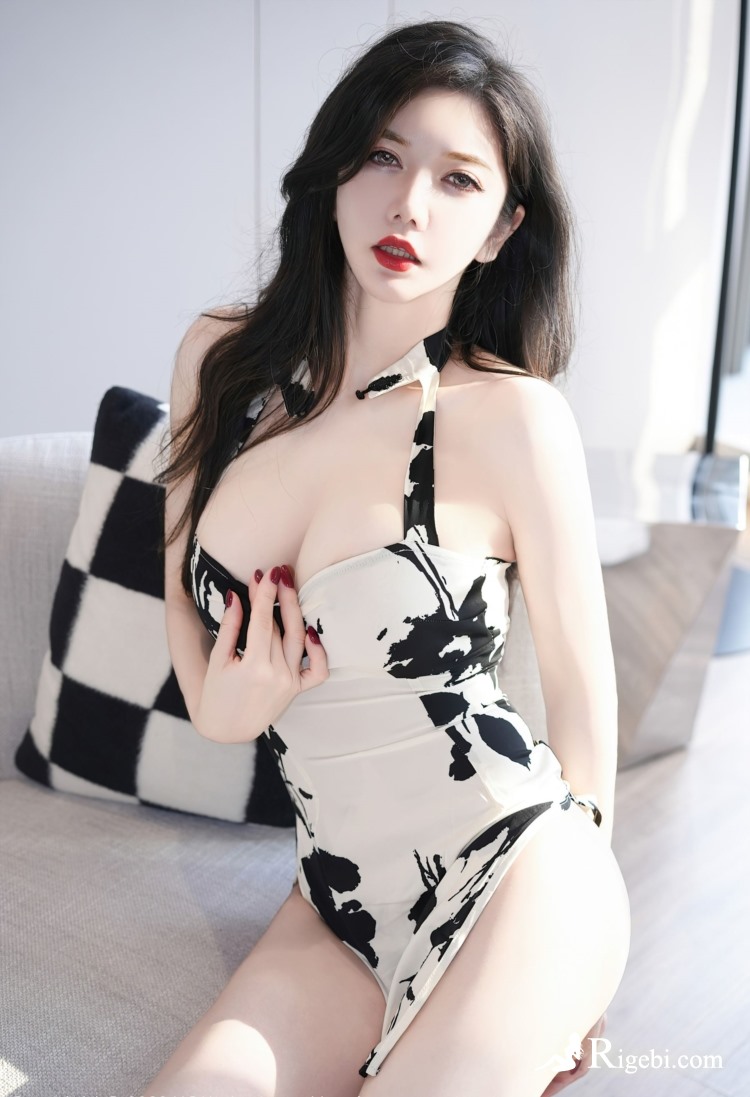清朝茶叶出口欧洲史:揭秘广州十三行的外贸茶类
清朝茶叶出口欧洲史:揭秘广州十三行的外贸茶类
The History of Qing Dynasty Tea Exports to Europe: Unveiling the Tea Varieties Traded at Canton's Thirteen Factories
1793年乾隆皇帝致英王乔治三世的著名诏书中明确提到:"天朝物产丰盈,无所不有,原不借外夷货物以通有无。特因天朝所产茶叶、瓷器、丝绸,为西洋各国及尔国必需之物"。这段历史性宣言揭示了茶叶在18世纪中欧贸易中的核心地位。
In the famous 1793 edict to King George III, Emperor Qianlong explicitly stated: "The Celestial Empire possesses all things in abundance and lacks no products within its borders. There is therefore no need to import the manufactures of outside barbarians in exchange for our own produce. But as the tea, silk and porcelain which the Celestial Empire produces are absolute necessities to European nations and to yourselves". This historic declaration reveals the central position of tea in Sino-European trade during the 18th century.
一、广州单口通商时期的茶叶贸易
1. Tea Trade During Canton's Single Port Era
1757年清政府实行"一口通商"政策后,广州成为全国唯一的对外贸易口岸。据《广东通史》记载,1885年茶叶出口达到顶峰,红茶绿茶合计140898担。美国旗昌洋行合伙人亨特(William C. Hunter)在《广州"番鬼"录》中详细记录了出口茶类:
After the Qing government implemented the "Single Port Policy" in 1757, Canton became China's sole foreign trade port. According to General History of Guangdong, tea exports peaked in 1885 with a total of 140,898 piculs of black and green tea. American merchant William C. Hunter, partner in Russell & Co., documented the exported tea varieties in his book The 'Fan Kwae' at Canton:
| 红茶类别 | Black Tea Varieties | 名称含义 | Meaning |
|---|---|---|---|
| 武夷茶 | Bohea | 源自福建武夷山 | From Wuyi Mountain |
| 功夫茶 | Congou | 做工者之茶 | Laborer's tea |
| 小种茶 | Souchong | 小种子 | Small seeds |
| 包种茶 | Pouchong | 包着的种子 | Wrapped seeds |
二、西方观察家的茶叶记录
2. Western Observers' Tea Documentation
瑞典博物学家彼得·奥斯贝克(Peter Osbeck)在1751年广州之行后出版的《中国和东印度群岛旅行记》中记载:
Swedish naturalist Peter Osbeck recorded in his 1751 book A Voyage to China and the East Indies after visiting Canton:
"小种是所有红茶中最贵的,是我们国家上流社会的人饮用最多的"
"Souchong is the most expensive among all black teas, most consumed by the upper class in our country"
他特别观察到:武夷茶被大量进口到瑞典,品质最好的茶叶泡水后迅速变为褐色,叶片颜色均匀。这与现代正山小种红茶的特征高度吻合。
He particularly observed: Bohea tea was imported to Sweden in large quantities, with the best quality turning water brown quickly and having uniformly colored leaves. This closely matches the characteristics of modern Lapsang Souchong.
三、茶叶分类的认知演变
3. Evolution of Tea Classification Understanding
西方人最初根据茶汤颜色区分红茶绿茶,奥斯贝克记载:"是否绿茶和红茶真的生长在不同的树上还是非常值得怀疑的"。经过长期观察,他最终接近真相:
Westerners initially distinguished teas by liquor color. Osbeck noted: "It remains doubtful whether green and black teas truly grow on different trees". After prolonged observation, he nearly uncovered the truth:
- 红茶与绿茶的主要区别在于制作工艺
- The primary difference lies in processing methods
- 同一茶树嫩叶可制成不同茶类
- Fresh leaves from same plant can produce different tea types
- 绿茶用铜板烘干,红茶用铁盘
- Green tea dried on copper plates, black tea on iron
这些观察基本符合现代茶学原理,展现了18世纪西方人对中国茶叶的科学探索精神。
These observations largely align with modern tea science, demonstrating 18th century Westerners' scientific approach to Chinese tea.
